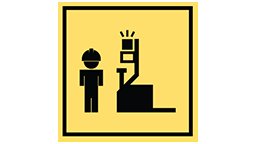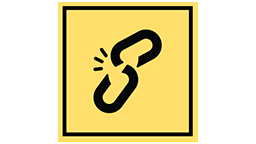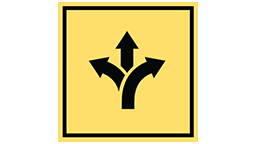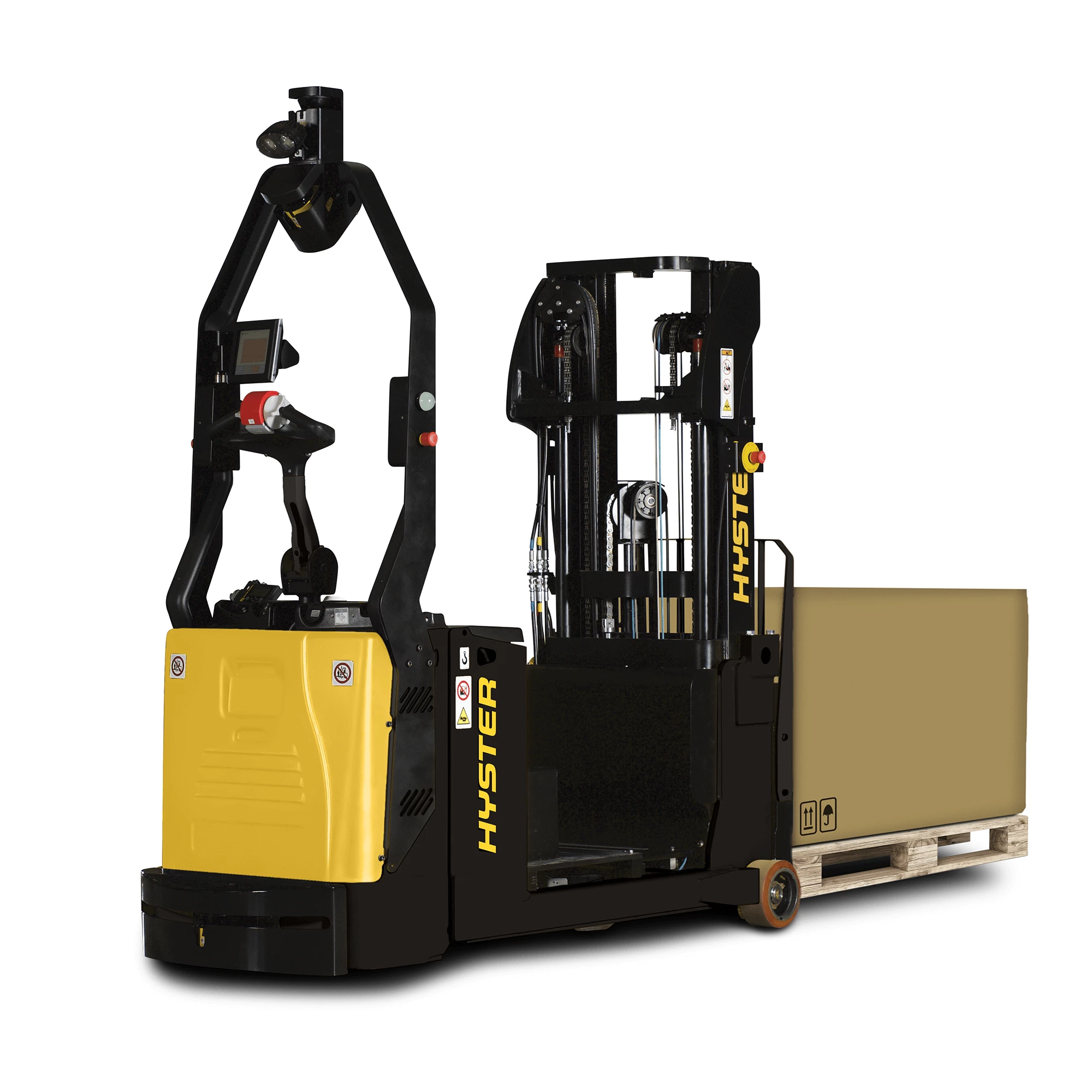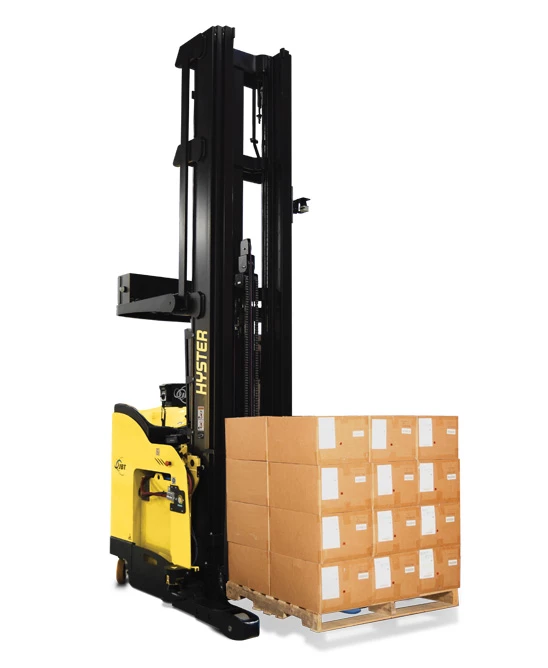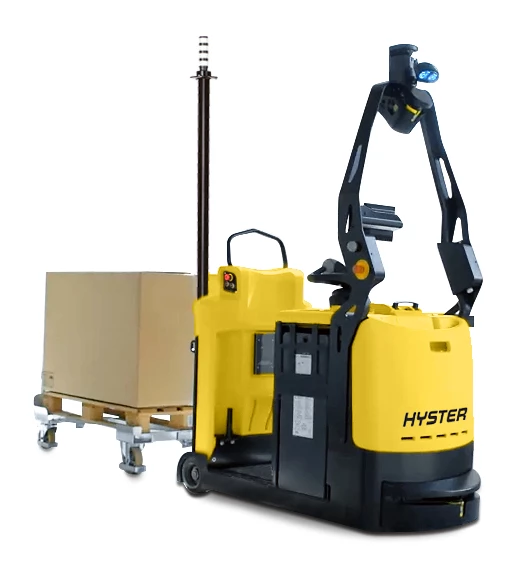
MAXIMIZE MOVEMENTS
AUTOMATED TOW TRACTOR
The robotic tow tractor offers an autonomous solution specifically for long, repetitive tasks such as milk runs, parts sequencing and garbage hauls with a 15,000-pound capacity rating. Ideal for tasks that typically lead to higher operator turnover, automating these mundane, repetitive tasks can help retain talent by promoting your skilled operators to more engaging, value-added tasks. If needed, the robotic tow tractor can also be used in manual mode for immediate task adding to the flexibility of the solution.
- Standard trailer handling configurations
- Kitting and sequencing in assembly operations
- Stock replenishment and material hauling
- Fully autonomous trailer hitching, battery charging
